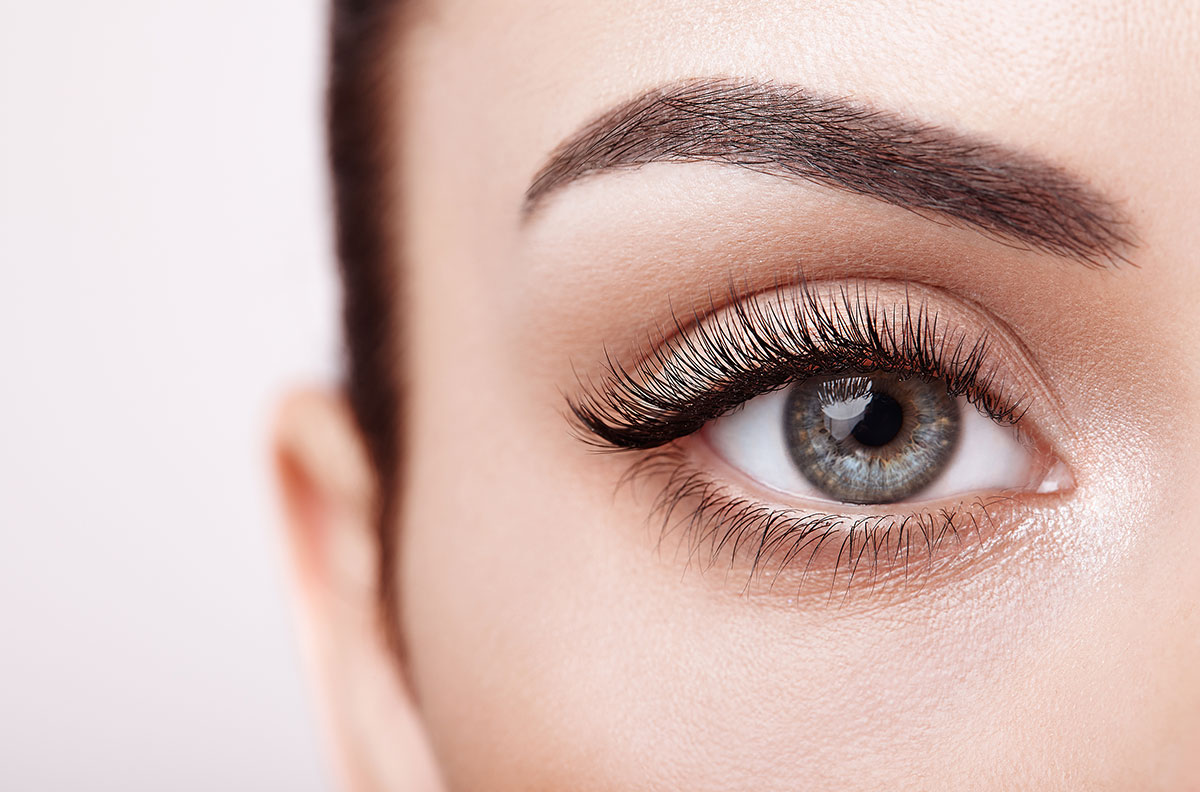Upper eyelid surgery is a surgical procedure performed to correct aesthetic problems in the eyelid area. This procedure is generally preferred for the correction of conditions such as low asymmetric eyelid, drooping skin or excess fat accumulation.
During the procedure, as much skin and adipose tissue as necessary on the eyelid is removed, then the skin is closed and sutured. In this way, it is possible to achieve a younger, more rested and more lively appearance.
Some common causes of upper eyelid surgery are:
- Saggy skin: During the aging process, the skin on the eyelids may lose its elasticity and sag. This can restrict the visual field and create a tired appearance.
- Excess fat accumulation: Fat accumulation on the eyelids can cause the eyelid to swell and create a puffy appearance.
- Asymmetry: Eyelids, which are naturally asymmetrical, can sometimes show a distinct difference. This asymmetry can be corrected with plastic surgery.
Upper eyelid surgery is usually performed under local anesthesia and usually allows the patient to quickly return to his daily life. However, as with any surgical procedure, there are risks and complications.
The recovery period of the upper eyelid may vary depending on the type of operation performed.
However, the recovery process after eyelid surgery in general can be as follows:
- The first few days: Immediately after the operation, your eyelids may swell and bruise. This is a normal reaction. You can use ice compresses to rest your eyes and reduce swelling. Your doctor may also want you to use the recommended eye drops or ointments.
- First week: Swelling and bruises begin to decrease in the first few days. However, your eyelid may still be sensitive. Your eye doctor may give specific instructions for cleaning your eyes and may recommend that you never rub or rub them.
- First month: The healing process of the eyelid may take up to one month. During this time, the swelling completely disappears and the bruises heal. The look and feel of your eyelid will improve over time.
Here are some points to consider during the healing process:
– Follow your doctor’s instructions: Carefully follow your doctor’s recommendations. This will help your eyelid heal properly.
– Protect your eyes: Avoid the sun or strong lights after the operation. You can wear sunglasses to protect your eyes.
– Cleaning: Clean your eyes according to your doctor’s instructions. This is important to reduce the risk of infection during the healing process.
– Use of make-up: Avoid using make-up during the healing process. Makeup can increase the risk of infection and increase the sensitivity of your eyelids.
– Use eye drops regularly: If your ophthalmologist has prescribed eye drops or ointments for you, it is important to use them regularly. This can help moisturize and heal your eyes.
– Cold treatment for swelling and pain: You may experience swelling and pain in the first few days. You can relieve these symptoms by using cold compresses or ice packs.

